Understanding proper tire maintenance, selection, and safety starts with knowing the basics. Why are tires important? How do I choose the right set for my vehicle?
Tires are a driver’s first and only contact with the road, transferring actions such as steering, braking, accelerating, and turning. They are specifically chosen for each vehicle, making tires one of the most important safety features on a vehicle.
SCHEDULE SERVICE
VIEW TIRE OFFERS
Tires are made up of many different parts, and it’s important to understand how they work.
Rubber-coated layers of steel, fiberglass, rayon, and other materials located between the tread and plies, crisscrossing at angles, hold the plies in place. Belts provide resistance to punctures and help treads stay flat and in contact with the road.
This is the innermost layer of a tubeless tire that prevents air from penetrating the tire.
A rubber-coated loop of high-strength steel cable that allows a tire to stay "seated" on a rim.
Sipes are special treads within the tread that improve traction on wet, dirty, sandy, or snowy road surfaces.
The portion of the tire that comes in contact with the road.
The spaces between two adjacent tread ribs are also called tread grooves. These allow water to escape effectively.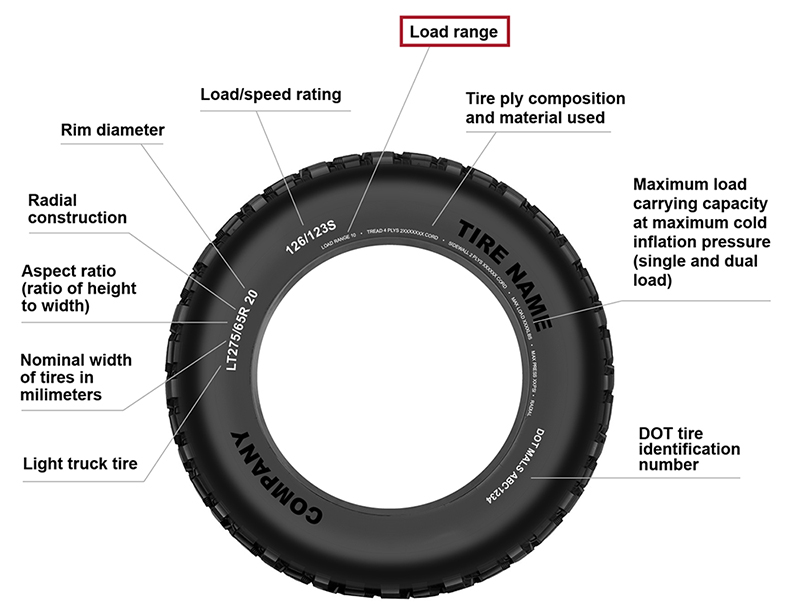
The outer edge of the tread that wraps into the sidewall area.
The sidewall of the tire protects cord plies and features tire markings and information such as tire size and type.
This is the tire itself, made up of several layers of plies. Plies, like polyester cord, run perpendicular to the tire's tread and are coated with rubber to help bond with other plies and belts to seal in air. Plies give tires strength and resistance to road damage.
Whether it’s purchasing new tires or installing a transmission, make sure to explore our latest service offers and rebates.
VIEW OFFERS
Scheduling service is quick and easy. Make your next appointment online by locating a Certified Service dealer near you.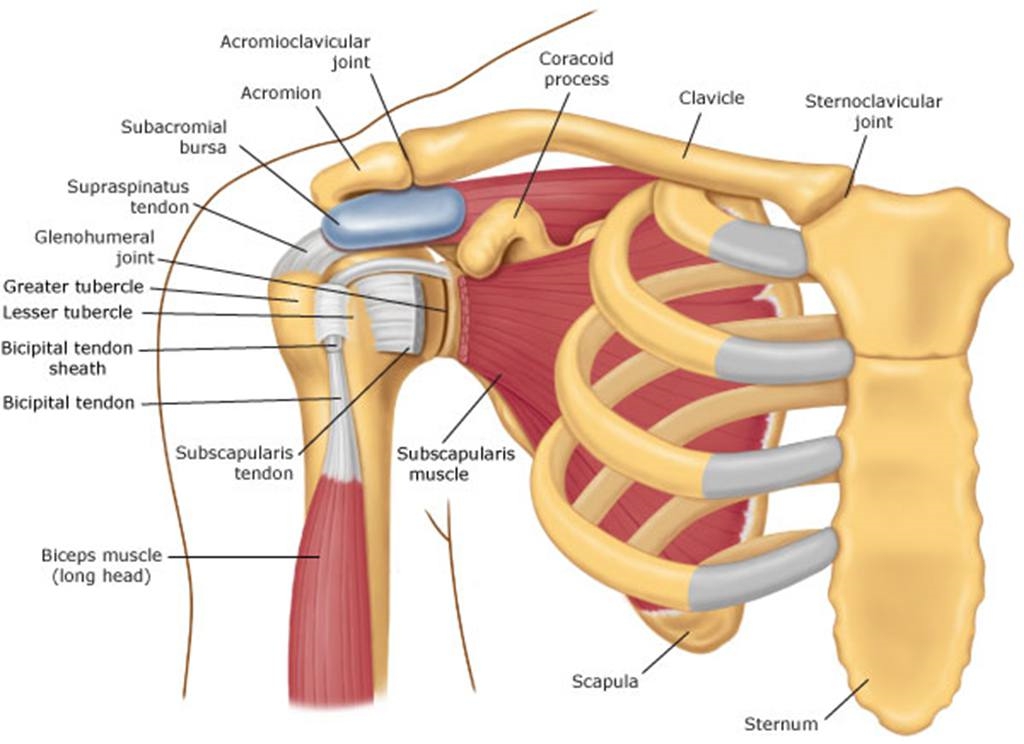
SCHEDULE ONLINE
It’s important to select the right set. Find the proper tires that match your vehicle by using our Tire Finder tool.
FIND TIRE PRICING
Jump to: Sample Photos | Frequently Asked Questions
The Crown is the center tread area of the tire and includes all of the large grooves/water channels that run along the circumference of the tire. However, the crown does not include the outermost tread block of the tire.
The Shoulder is the area where the tread and sidewall meet, including the tread blocks nearest the side of the tire (beginning outside the outermost water channel) and the area transitioning to the side of the tire where tread grooves are still visible.
The Sidewall is the "smooth", vertical area on the side of the tire between the edge of the tread and the bead of the tire, which does not include any area where tread grooves are still visible.
The Bead is area of the tire that holds the tire in place on the rim of the wheel.
Repairable Areas of the Tire: While some tires, facilities, or other websites may say that other areas of a tire can be repaired, the CROWN is the only area of the tire that may be repaired as far as Sonsio's programs are concerned (as indicated in green in the diagram and sample photos).
Back to Top
Frequently Asked Questions:
Q: If the damage is in the outermost water channel, is it in the crown or the shoulder of the tire?
A: The CROWN of the tire.
Q: If the damage is on the inner edge of the last tread block just before the outermost water channel, is it in the crown or the shoulder of the tire?
A: The SHOULDER of the tire.
Q: If the damage is in the curved area of the outer tread block where the grooves are still visible on the side of the tire, is it in the shoulder or the sidewall of the tire?
A: The SHOULDER of the tire.
Q: If the damage is in the "smooth"/vertical area on the side of the tire, is it in the shoulder or the sidewall of the tire?
A: The SIDEWALL of the tire.
Q: Is the shoulder of the tire repairable if my tire or repair facility says it's okay?
A: While some tires, facilities, or other websites may say that other areas of a tire (like the shoulder) can be repaired, the CROWN is the only area of the tire that may be repaired as far as the Terms & Conditions of Sonsio's programs are concerned.
Back to Top
Other Related Webpages:
***DISCLAIMER: While this webpage can be informative about topics that are related to tire claims, this is intended to act as a general guide for informational purposes only.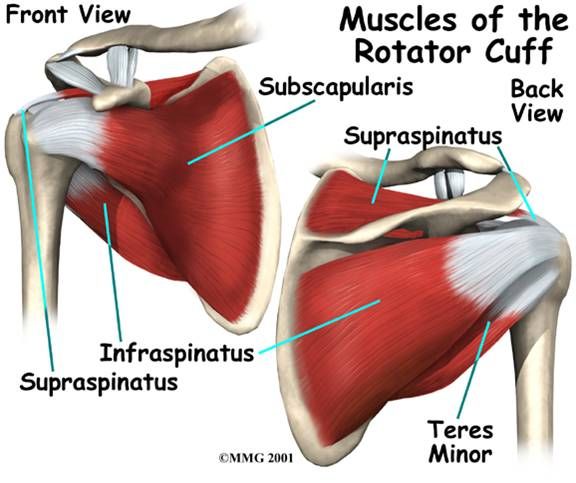 Final claim determination will ultimately rest with Sonsio personnel who will carefully evaluate each claim on an individual basis.***
Final claim determination will ultimately rest with Sonsio personnel who will carefully evaluate each claim on an individual basis.***
This webpage contains content that is based on the Tire Industry Assocation (TIA) Passenger & Light Truck Tire Conditions Manual, 2005 Edition.
The choice of tires for a vehicle is very important. To do it right, you need to know the car tire device. If you properly shoe your "iron horse", then he will ride briskly. So let's look at the tire inside and out.
Tire quality is of the utmost importance both in winter and summer
Contents
Outside, car rubber is divided into the following elements:
Before going off-road, part of the air is bled from the tire. Because of this, the area of the contact zone of the tread pattern increases (expands).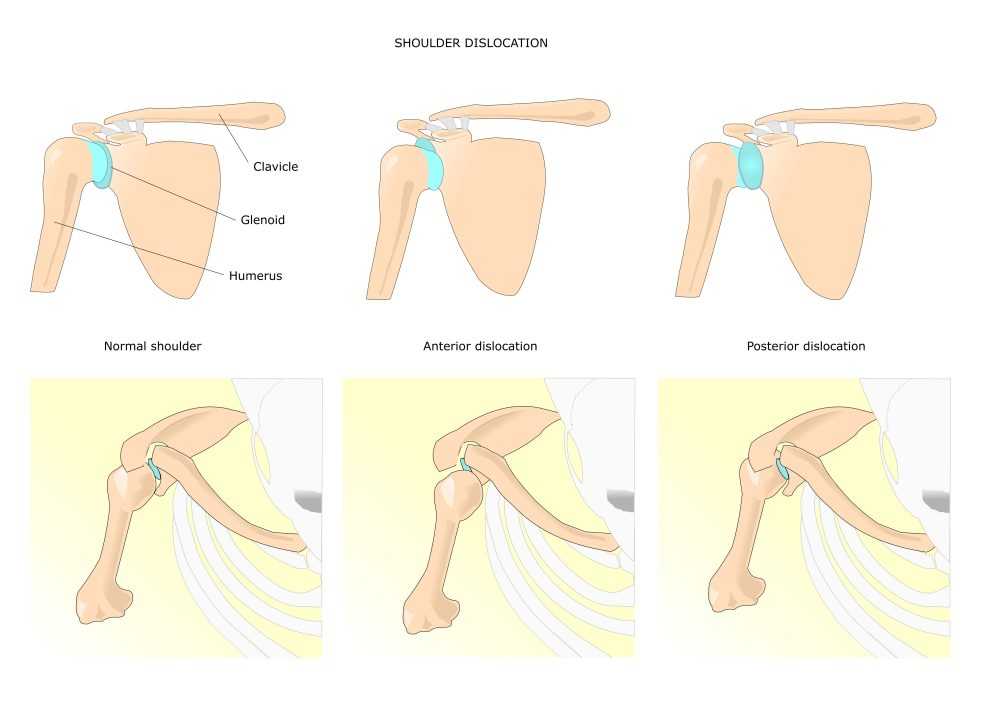 As a result, the side pattern "slides" down and becomes part of the main tread. In extreme circles, they say that the tire “flattens”, changes its shape. And the more flattened the tire, the better it is for overcoming off-road.
As a result, the side pattern "slides" down and becomes part of the main tread. In extreme circles, they say that the tire “flattens”, changes its shape. And the more flattened the tire, the better it is for overcoming off-road.
Now consider the layered structure of the car ramp.
Several types of polymer fibers (lavsan or capron) can be used as the base material for the cord. In the production of a tire carcass, a metal cord can also be used. It is made of steel thread, topped with a layer of brass. It is from the frame that the reliability, strength and durability of the design of the entire tire depends. Such characteristics are provided to the tire due to the structural features of the cord itself and the layers that border it.
Such characteristics are provided to the tire due to the structural features of the cord itself and the layers that border it.
The threads are separated by the rubber layer of their coating. At the same time, the fibers and cords are interconnected due to the close fit between them. And the squeegee layer protects the cord from moisture and prevents the metal threads from fraying. In addition, the rubber part of the carcass provides strength as well as elasticity to the entire tire.
Depending on the direction of the cord threads, there are two types of tires: radial and diagonal.
Quality tires last for many seasons
Car tire device with threads directed radially is the most common. In such tires, the cord threads are arranged radially, that is, parallel to each other. Due to this arrangement, minimal interaction of the layers and fibers of the cord is ensured. Due to this, the voltage level of the cord directed radially is several times less. Therefore, the thickness of the cord layer and the entire frame in the radial type slope is less.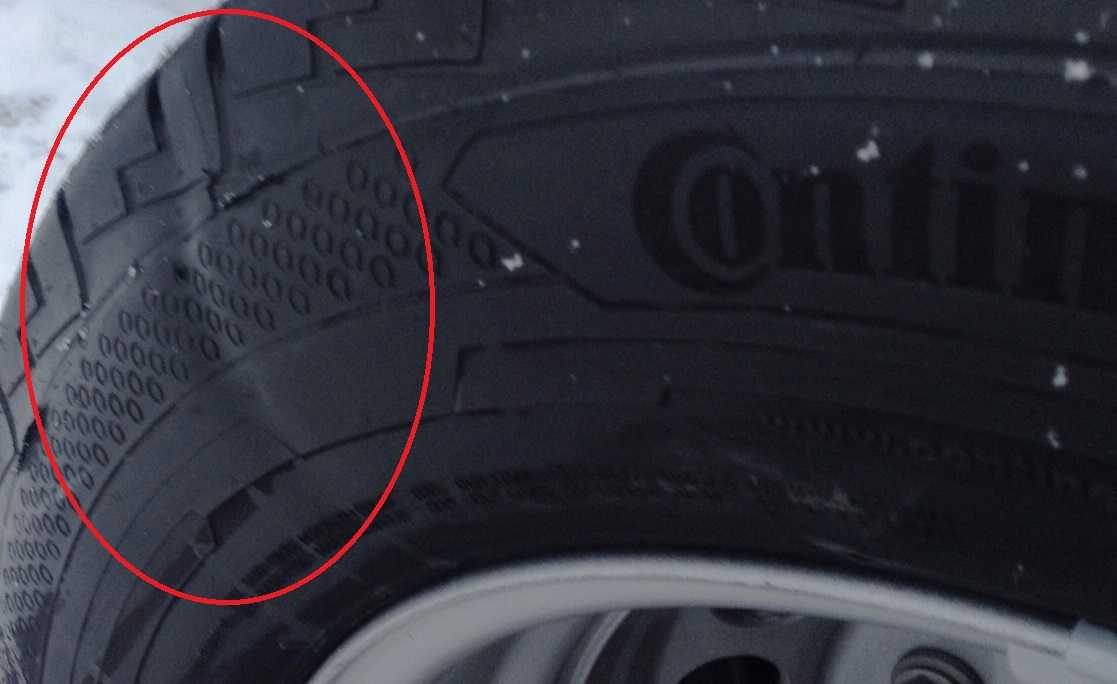
Skews with a diagonal direction of the threads are characterized by a different construction of the carcass layer. In it, the cord threads overlap at an angle of a certain degree. The diagonal tire is always made of a pair of cord layers. Its threads are located at an angle of about 50 degrees.
This structure and alternation of layers allows the breaker to be elastic and easily change its shape. When pressing on it, the surface bends due to the relative movement of the cord threads. And high elasticity is provided by rubber layers and partially by the elasticity of the steel cord.
The device of a car tire without a breaker is not possible.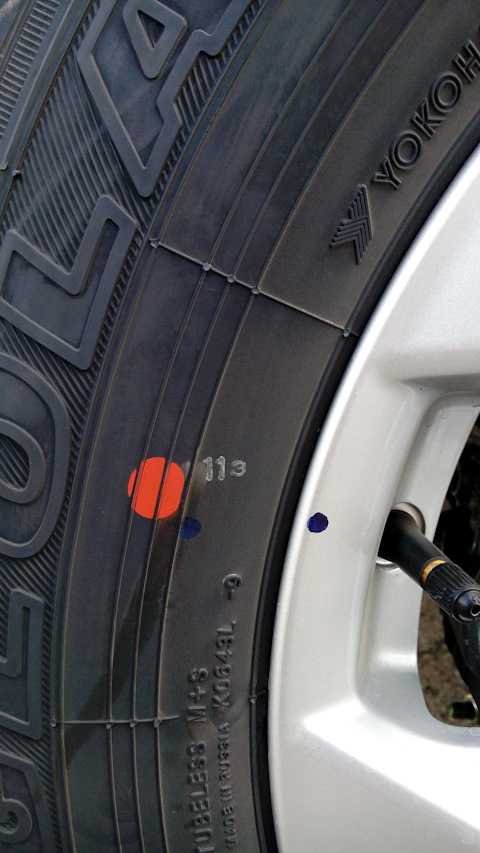 It is an intermediate link between a rigid carcass and a soft tread. Therefore, it partly enhances the softness of the outer layer, but at the same time weakens the excessive rigidity of the inner core of the tire.
It is an intermediate link between a rigid carcass and a soft tread. Therefore, it partly enhances the softness of the outer layer, but at the same time weakens the excessive rigidity of the inner core of the tire.
Thanks to the breaker, the ramp can withstand high mechanical impacts that occur on the tread surface. Due to the cord located under it, the energy from a wheel strike is distributed evenly over the entire surface of the tire and is quickly extinguished.
The first car ramps were made from natural rubber. Then it was completely replaced with artificial rubber. Today, many tire manufacturers keep the composition of the rubber material a secret from competitors. But basically it is a mixture of synthetic rubber and natural rubber with the addition of various ingredients that affect the physical properties of rubber.
What is the difference between tube and tubeless tires
Tubeless tires, which are very different from the tube type, are a separate class of automotive rubber. In them, air is pumped into the cavity formed between the inner surface of the slope and the disk. The surface of the tire from the inside is provided with an additional insulating layer. It consists of finely porous rubber with a high level of gas impermeability. In modern tubeless models, this layer also has high astringent properties. Due to this, the puncture hole does not remain open, but is “knitted” (closed) with a special substance of this layer. The resource of walking a tire with such a “patch” is several hundred kilometers. In addition, such a layer increases the safety of the car on such rubber.
In them, air is pumped into the cavity formed between the inner surface of the slope and the disk. The surface of the tire from the inside is provided with an additional insulating layer. It consists of finely porous rubber with a high level of gas impermeability. In modern tubeless models, this layer also has high astringent properties. Due to this, the puncture hole does not remain open, but is “knitted” (closed) with a special substance of this layer. The resource of walking a tire with such a “patch” is several hundred kilometers. In addition, such a layer increases the safety of the car on such rubber.
In tube-type rubber, a large puncture will cause air to escape quickly and tire pressure to drop rapidly. Due to the high pressure difference between the wheels when moving, the car will roll towards the punctured tire. In a tubeless etching of air and a sharp drop in pressure through the puncture hole is blocked due to the tightening of the hole with a binder.
Now you know the arrangement of a car tire. Although this information is only basic, it will help you make the right choice when buying slippers for your car.
Although this information is only basic, it will help you make the right choice when buying slippers for your car.
Free shipping from 3000r. more
Buy a bandage for the shoulder and joint
The diverting type splint is an important component for the treatment of shoulder joints after injuries. It fixes the shoulder, during fixation, the usual physiological position is selected, or the shoulder is retracted as much as possible. This type of tire has different designs, because. they are required for different indications.
The tire is used for various types of inflammation, if there is an open or arthroscopic decompression, acromioplasty, if the muscles are reconstructed after ruptures, during the implantation of a prosthesis.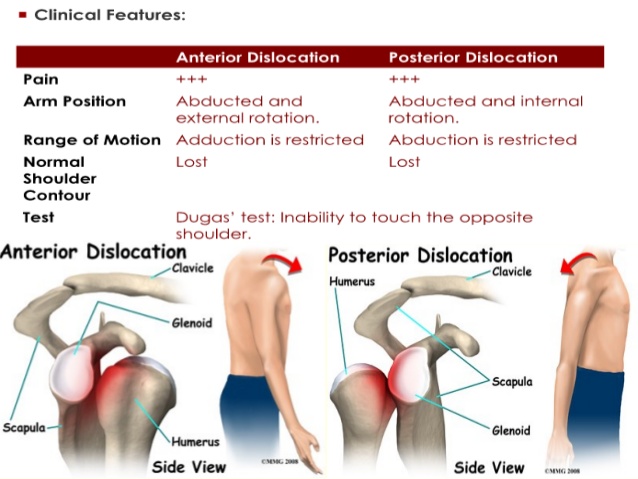
The spike has a strong design, it perfectly unloads the joint. The subdeltoid, subcoracoid, subacromial space will not form adhesions. The shoulder is fixed, retracting it 10-75 degrees, horizontally 60-70 degrees. The tire has a large roller and reliable fasteners, which means it will perfectly support the joint.
The tire is taking away. This is a tool that effectively helps with rehabilitation. The splint is used when calcium deposits are removed arthroscopically, they usually affect the rotator cuffs, with dislocations, when there is pain in the shoulder and scapula. It should also be used when there is decompression of the subacromial space due to various kinds of bursitis. The abduction splint is needed to relieve stress on the parts of the shoulder capsule that may result from open/arthroscopic stabilization. The tire will fix the joint, while it will be retracted by 15 degrees. The design of the device will facilitate the work of the joint, will not allow adhesions to form.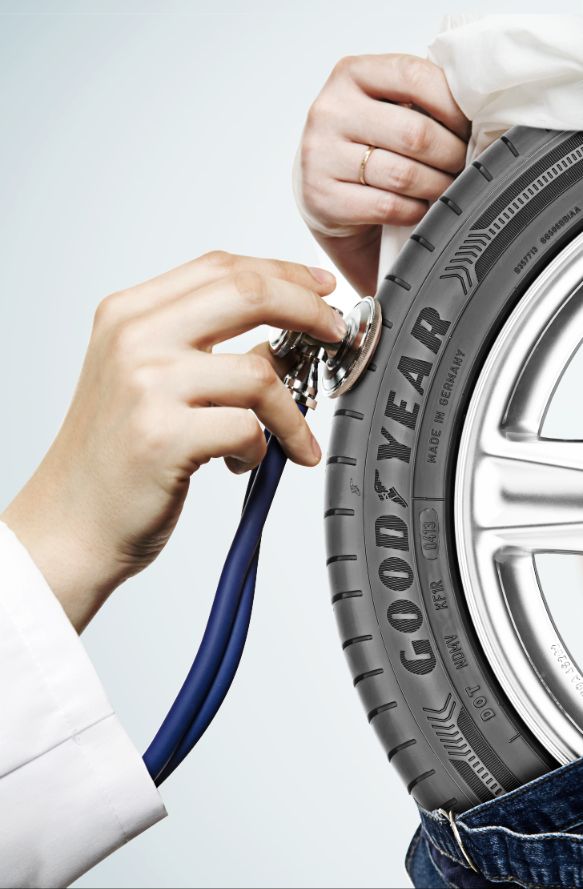
Outgoing tire. This is a good helper that is needed when there have been: tendon ruptures in the joint cuff when subcromile bursitis is being treated. It is also used for fixation when a shoulder joint prosthesis is implanted, with dislocations. It is successfully used after acromyoplasty operations, in order to relieve the tension of the joint capsule and fix the hands. The outlet rail is a robust and reliable design. A concave roller is installed under the patient's arm, so it is comfortable to use the splint. The product is worn over the shoulder, which unloads the joint. When fixing, the shoulder is retracted by 15 degrees. If you apply this tire in time, then adhesions will not form. The tire perfectly unloads the joints of the shoulders, protects against adhesions. The splint will fix the joint and frontally at an angle of 90 degrees. The outlet splint is used after dislocations and fractures. The tire is called a conservative treatment, it is also needed after operations.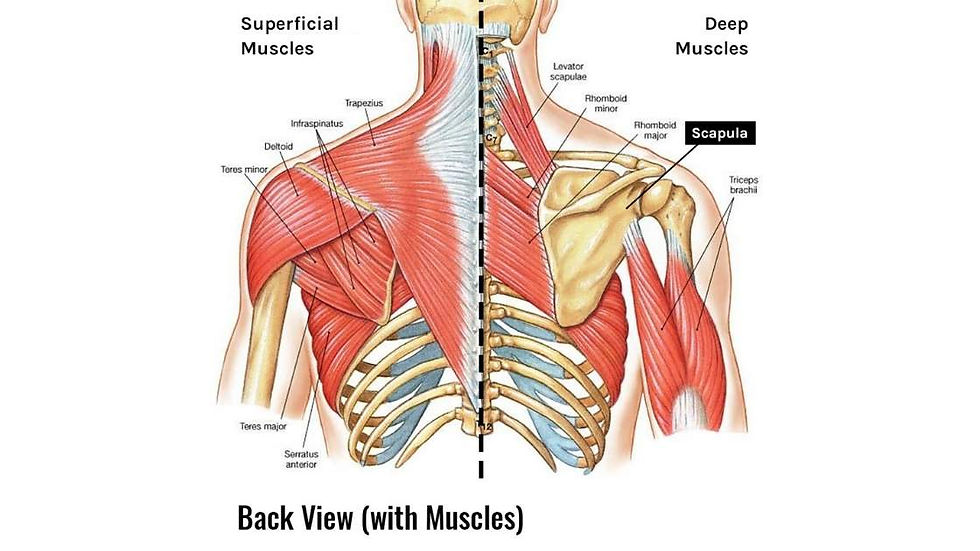
Return to the list
This is not the first time I buy shoes. Sursil fits my size well. The store is excellent, fast processing and delivery. Wishes one more assortment of shoes for 46r.
Gennady Grigorievich
April 10, 2023
Thank you from the bottom of my heart! I bought shoes - the quality is excellent (I assure you with full responsibility, as a professional). Shoes of similar quality are much more expensive than other shoe companies. I liked everything - the service, the courtesy and professionalism of the consultants, the quality of the goods. I recommend!
Kurnosova Svetlana
April 5, 2023
Reasonable prices, verified suppliers
Andrew
April 4, 2023
An excellent choice. Good prices and fast delivery. Thanks a lot.
Natalia
April 3, 2023
I liked everything very much. Prompt, courteous, fast, quality product. Thank you. Good luck and prosperity.
Prompt, courteous, fast, quality product. Thank you. Good luck and prosperity.
Tamara Ivanovna
March 28, 2023
Everything is clear and efficient. The product is excellent, everything went well.
Marina
March 28, 2023
I ordered sneakers with leather uppers and rubber soles and shoes with TEP soles. There are no complaints about the sneakers, but the soles of the shoes are in no way economic, they are made of wood!
Kozlov Konstantin
March 25, 2023
The ability to buy goods from stock, there was free delivery from 5000 rubles to the point of issue. The packaging is whole, the goods are of high quality. Thank you for efficiency.
Fokin Sergey
March 23, 2023
Everything is fine! I will order more!
Shepeleva Anna
March 18, 2023
All reviews
Enter your Email:
Enter your phone number:
Name*Phone*
Select city
AllRussiaKazakhstan
